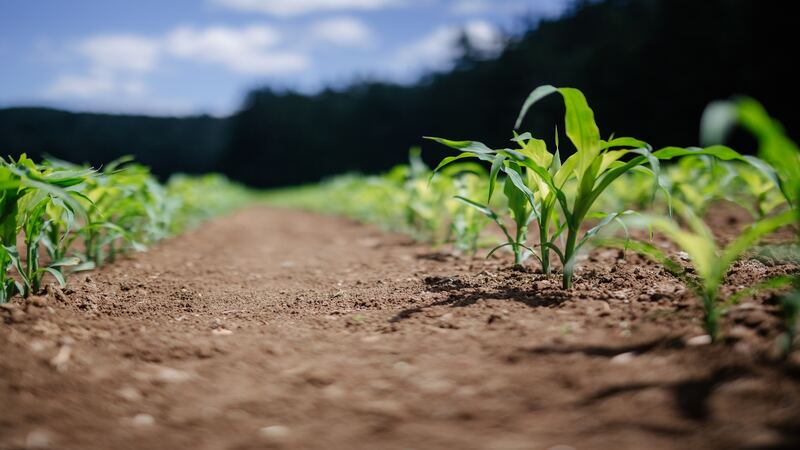Are You Leveraging Logistical Efficiency to Maximize Sprayer Performance?
Considering that equipment depreciation value is dependent on operating hours, farmers and retailers have incentive to be smarter with where, when and how much sprayers run in and out of the field.
The ability to preserve trade-in value or extend the life of a sprayer is significant, especially today. While an idle engine hour is worth the same as a working one in terms of sprayer valuation, it’s worth knowing the difference.
With inflation and the cost of steel now, farmers and fleet managers can’t afford not knowing how engine time is being spent. As I’ve noted in past perspectives, sprayers typically spend equal amounts of time working in the field, idle or in transport. While idle and transport time is unavoidable, it doesn’t have to be unproductive.
Modern mixing technology can help turn inefficient minutes into productive uptime in the field – a critical consideration for ag retailers challenged to economically manage a diverse fleet of application equipment.
One of the common issues retailers or commercial applicators can experience is loss of inventory. A couple percentage points of error can add up to a significant inventory loss over the course of a season.
Here’s an example: A local retailer was weighing chemicals using a very accurate inductor. Chemical blends were generated and mixed based on office work orders. However, the actual amounts used in the blend were not being recorded, and only the amounts listed on the work orders were being billed.
Sound familiar? A solution to this problem is the addition of a precise scale module to the inductor to support manual mixing with automated data logging. Accurate calculations that record target and actual amounts included in a chemical blend save time and money – neither of which farmers nor ag retailers can afford to waste.
Consider whether the following are benchmarks of your current sprayer performance:
- Draining, measuring, recording and rinsing a jug in about 12 seconds.
- Pre-calibrated flow meters with a plus or minus 0.5% error rating.
- Automated, simultaneous chemical mixing completed in 5-6 minutes*.
- Easy adjustment of batch size to top off tank and cover last few acres.
*For 1,000-1,200 gallon sprayers
Of course, these are just pieces of the efficiency puzzle. Variables including field shape, boom size, tank capacity and chemical mix are considerations Neal Hiemstra, Agronomy Logistics Manager with Agtegra Cooperative, evaluates to apply the right volume of the right blend on the right field.
Managing a mixed fleet of 160 sprayers, spinner boxes and floaters in an industry that sees as much as 10% turnover every year, Hiemstra has economic incentive to ensure those machines are operating at maximum capacity and productivity.
He annually budgets 25-30% for idle and transport time, respectively, and investigates the cause and effect of each to avoid costly deviations from the norm. Smarter deployment of machines utilizing Raven’s AgSync logistics platform, the co-op is strategically dispatching its fleet of spraying equipment to the right fields at the right time.
“In the past, we overlapped transport routes with our sprayers or lacked data to place sprayers in fields where they will be most productive,” Hiemstra says. “During the last 3 years, we’ve been able to cut roughly 10% of our machines without losing any productivity. Where we needed 10 machines to cover 10,000 acres, now we are covering those acres with eight machines.”
Doing more with less defines the core objective of today’s spraying strategy – whether you are managing one machine on a few hundred acres or coordinating a massive fleet across state lines.
I’ll leave you with this thought. With one hour of machine uptime costing close to $300 and approximately two-thirds of sprayer time is spent idling or in transport, equipment inefficiency is expensive.
Research has shown that cutting sprayer idle/transport time by just 10% can translate to saving $1 per acre – or more – in operating costs. As a farmer, I know that efficiency is key to sustainability and that requires collectively smarter management of machinery, inputs and land.






